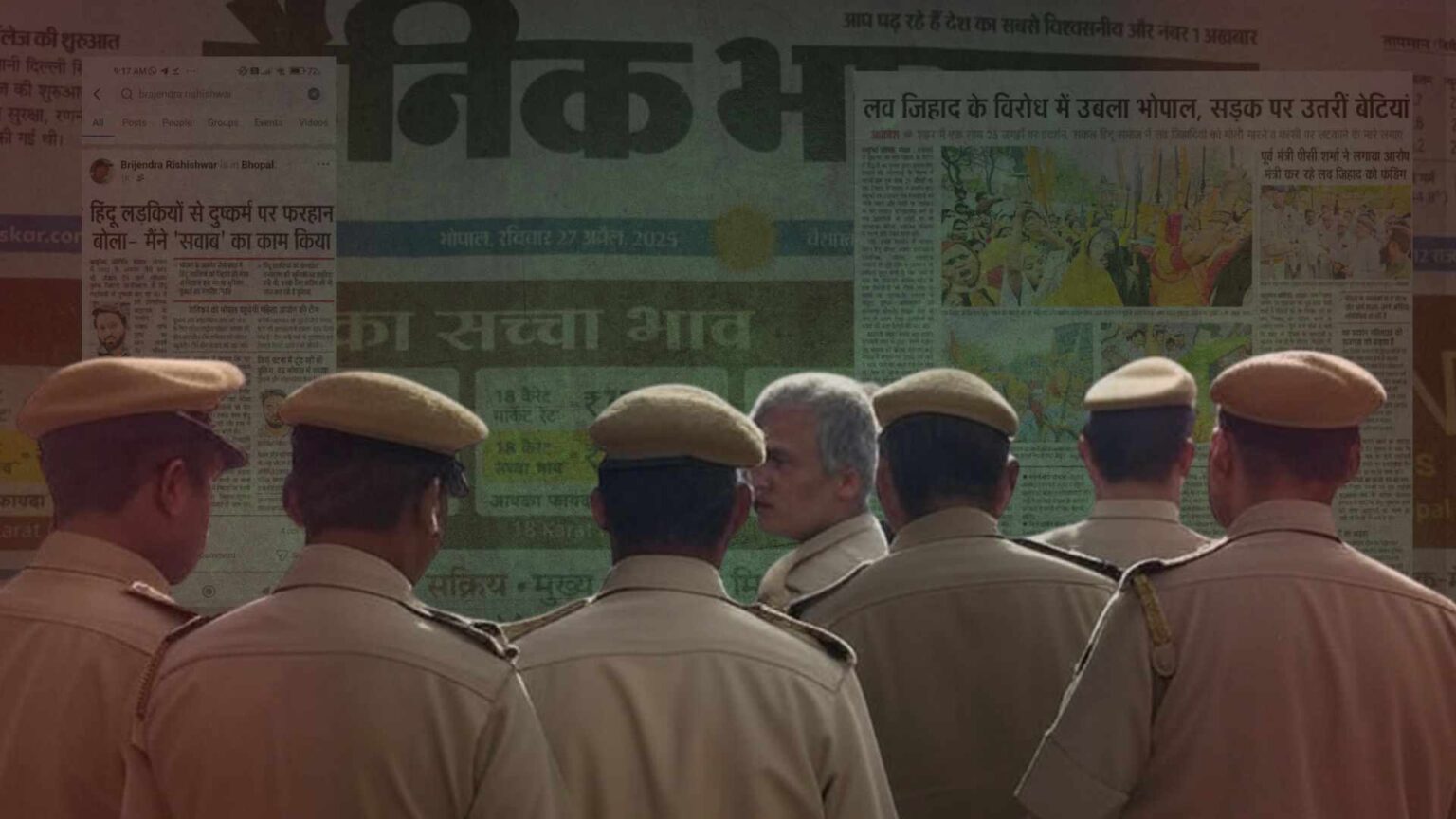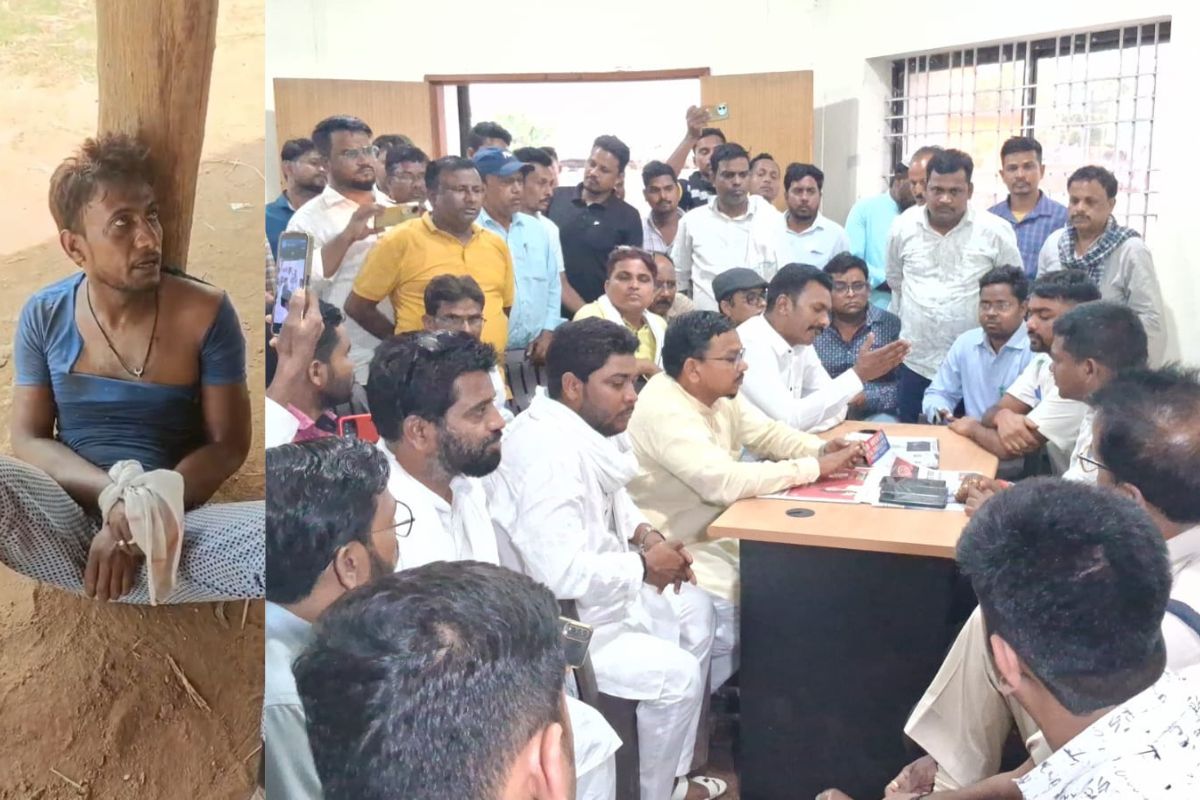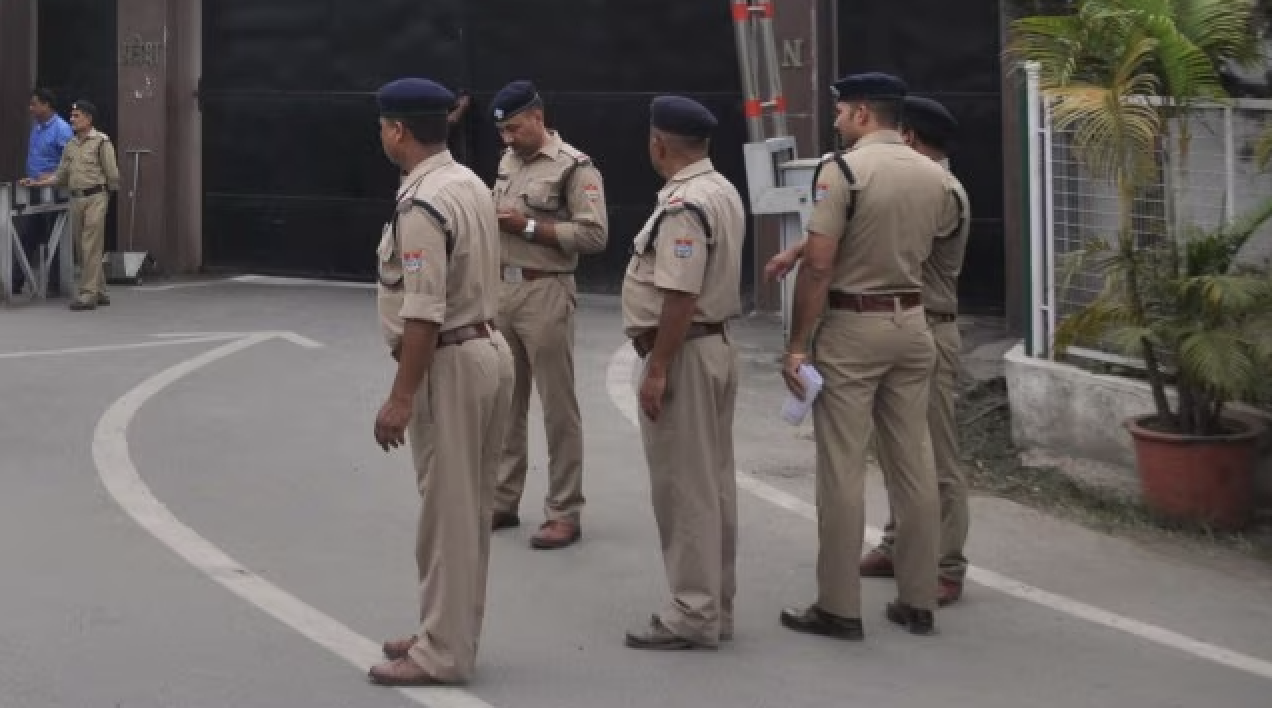By Anuttama Banerji / The Diplomat
It was recently reported that the Aam Aadmi Party (AAP) and its political leadership in Delhi had blamed the Rohingya for the communal violence in the national capital.
While some took it with a pinch of salt, this new development has not come as a surprise. The AAP, a political party that had its genesis in a civil society campaign has shifted gears – and quite steadily.
The AAP is now following the footsteps of the Bharatiya Janata Party (BJP) in a bid to woo Hindu voters across caste and class lines, who have in recent years emerged as a “formidable political entity” within India due to the creation of an umbrella coalition by the BJP during the 2014 elections. This political maneuvering continued well into the 2017 and 2022 Uttar Pradesh elections.
The AAP, a regional party with national ambitions, is now borrowing from the blueprint created by the BJP. It claims to be “nationalist” party that does not alienate minorities, but the AAP’s inclusive politics are now excluding the minorities.
The AAP is keen to win power in Gujarat, a state where the party has limited presence. It is not leaving any stone unturned to change its political fortunes in the state. Its “Parivartan Yatra” in Gujarat are aimed at consolidating the traditional “Hindu vote” in BJP’s traditional bastion – where the AAP is demanding “ek moko” (a chance) to facilitate tangible political change. However, this change is in sync with BJP’s ideological framework, albeit with a focus on education and healthcare that provides the AAP with a socialist veneer.
The AAP is interestingly creating an umbrella coalition of Hindu leaders within its party fold across states as it expands its political wings across India. For instance, in 2017 the AAP had received the support of the Punjab Brahmin Mahasabha, bringing the Brahmin vote bank into its fold. The 2022 elections saw AAP acquiring influence over all sections of Hindu voters. This support, along with the support of the Sikh voters, catapulted the party to power in Punjab.
This change in the AAP’s political outlook has come at a time when several BJP leaders from different castes have joined the AAP in the poll-bound state of Himachal Pradesh. In particular, Harmal Dhiman’s entry into the AAP has reinforced this notion further. Dhiman was a national executive member of BJP’s Scheduled Caste (SC) wing and a former vice president of the state SC Cell. A party veteran, he had been a part of the BJP party for 30 years and has now joined the AAP at a crucial time.
The AAP’s ideological Hindutva bent does not augur well for Indian politics. On the contrary, it demonstrates the weakening of democracy in India.
The AAP’s “development agenda,” much like the BJP’s, is now convoluted for it reflects Hindutva leanings. Economic development for a select few comes at the cost of the minorities and other historically ostracized social groups and communities. In fact, their political performativity also reflects elements of open religiosity. AAP leaders regularly visit temples and seek the blessings of Hindu deities to guide them in their political endeavors.
This metamorphosis in the AAP’s ideology also demonstrates the nature of the imminent threat faced by the secular state in India, where the “principled distance between the church and the state” is fast diminishing as we speak. At a time when religiosity is on the rise across India, these developments are pointing toward shrinking political space for diversity of views within the public domain in India. In fact, ideological acceptance for a unidimensional world view is now becoming the unwritten norm and political parties and politicians with varied world views are now succumbing to the enduring lure of the Hindutva narrative.
The “patchwork quilt” that is India is now fast turning into a “wall-to-wall carpet,” in the process leaving many in a quandary. It is no wonder then that the BJP is unable to win in Delhi, for there is little difference between the political affiliations and preferences of the AAP and the BJP.
This article first appeared on thediplomat.com







